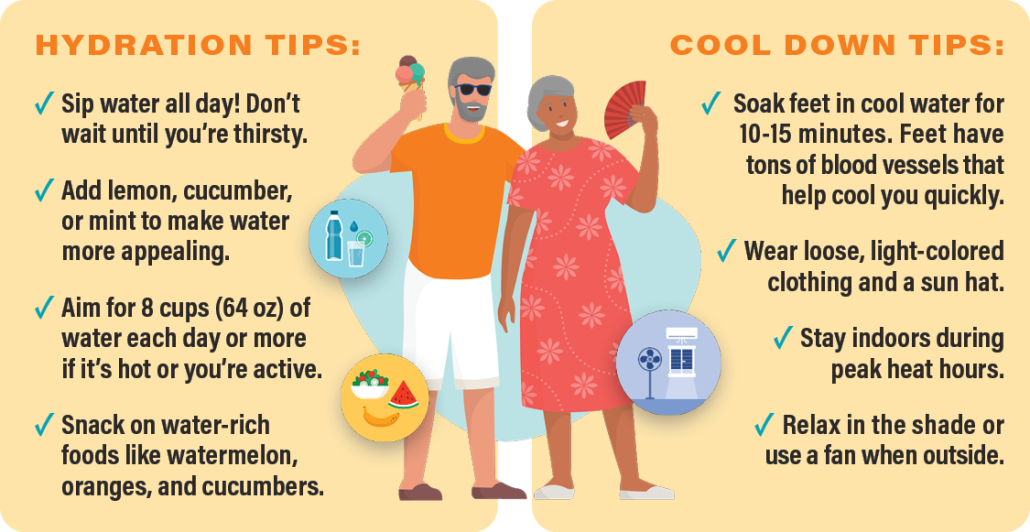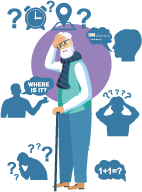Key Takeaways from the 2025 Appendix PP Updates
Written by: Sheena Mattingly, M.S., CCC-SLP, RAC-CT, EVP of Quality & Compliance
Note: The effective date of Appendix PP Updates has been delayed to April 28, 2025.
Every year, CMS updates Appendix PP of the State Operations Manual, bringing changes that impact survey guidelines, regulatory compliance, and daily operations in skilled nursing facilities. Keeping up with these revisions is essential and also time-consuming. That’s why we’ve done the heavy lifting for you. In this update, we break down the key changes and recommendations to provide insights to help you stay compliant without sifting through pages of regulatory language.
Top 10 Appendix PP Updates You Should Know:
1. Eight Critical Element Pathways (CEPs)
CEPs are the backbone of surveyor assessments in SNFs. They are like a cheat sheet for SNFs and provide us with what surveyors could potentially count as deficiencies during survey.
Recommendation: Review all the CEPs with your team, giving special focus to the Discharge CEP. There is a lot of new language and important information to go through. So, it’s crucial to dive in and understand the updates thoroughly.
2. Reasonable Person Concept
The “reasonable person concept” refers to a tool surveyors use to assess the severity level of negative, or potentially negative, psychosocial outcomes the deficiency may have had on a reasonable person in the resident’s position.
Recommendation: It is important to review this new concept as a team because it shifts how SNFs have historically evaluated the resident’s position. By integrating the reasonable person concept, SNFs can better understand and anticipate the potential emotional and psychosocial impacts of their practices on residents leading to an improved quality of life.
3. Right to be Informed
Residents have the right to be informed of and participate in their treatment.
Recommendation: Assure this principle is integrated into your team’s policies and decision-making processes. For example, prior to increasing a psychotropic medication, the resident, family, and/or resident representative must be informed of the benefits, risks, and alternatives for the medication including any black box warnings for antipsychotic medications in advance of such initiation or increase. A written consent form may serve as evidence of consent but other documentation forms are also acceptable.
4. Psychotropic Drugs
The rule has not changed but the tag is more severe.
Recommendation: Monthly regimen reviews with pharmacists for current residents and all new residents. Remember, diagnosis alone does not warrant the use of psychotropic medications. Consider creating a Psychotropic Medication Review Committee.
5. Schizophrenia Diagnosis
CMS is aware of situations where residents are given a diagnosis of schizophrenia without sufficient supporting documentation that meets the criteria in the current version of the DSM for diagnosing schizophrenia.
Recommendation: Review criteria required for a diagnosis of schizophrenia and ensure supporting documentation for such a diagnosis is present with routine auditing.
6. Chemical Restraint – changed definition!
Any drug used for discipline or that makes it more convenient for staff to care for a resident, and not required to treat medical symptoms.
Recommendation: Review the new definition in its entirety with your team. Assure to emphasize that a medication that would be deemed not required to treat a resident’s symptoms because a safer alternative should be used would be deemed a chemical restraint.
Note: Documentation should not say “to manage behavior.”
7. Antibiotics
Instances of prescribing antibiotics unnecessarily should be cited with F757 and may support citing F881 as well, in which case the surveyor must also show that the facility is not implementing part or all of the Antibiotic Stewardship Program.
Recommendation: Review your facility’s process for prescribing antibiotics and assure all parties are aware and comply with the Antibiotic Stewardship Program.
8. Gradual Dose Reductions (GDR)
The purpose of the required GDR is to find an optimal dose or to determine whether continued use of the medication is benefiting the resident or could have dangerous side effects. Tapering may be indicated when the resident’s clinical condition has improved or stabilized, the underlying causes of the original target symptoms have resolved, and/or non-pharmacological approaches have been effective in reducing the symptoms.
Recommendation: Assure your facility has a process to track and document GDRs.
9. Medical Director Responsibilities
Responsibilities include (1) implementation of resident care policies, (2) participation in the Quality Assessment and Assurance Committee or assignment of a designee for representation, (3) addressing issues related to the coordination of medical care, and (4) implementation of resident care policies identified through the facility’s quality assessment and active involvement in conducting the facility assessment.
Recommendation: Review the responsibilities of the medical director and ensure that your facility has established processes to effectively fulfill them.
10. QAPI
New guidance was added incorporating health equity concerns when obtaining feedback, collecting and monitoring data related to outcomes of sub-populations, and analyzing factors investigation medical errors and adverse events.
Recommendation: When establishing priorities in QAPI programs, consider factors that affect health equity and outcomes of your resident population. Consider including a statement in meeting minutes to further document your commitment to health equity.
Policies Recommended for Review:
- Psychoactive Medications/Non-Pharmacological Interventions (policy, forms, informed consent, facility education)
- Abuse/Chemical Restraint
- Antipsychotic Use/QAPI – don’t forget to add this in QAPI!
- Transfer/Discharge Policy – make sure to add the new language from Appendix PP
- CPR
- Bedrail Installation/Inspection – Ensure FDA guidance matches your policy language
- Resident/Representative Notification of Initiation/Change in any Medication/Dosage
- Medical Director Responsibilities
- QAPI – include and review concerns with health equity
- Enhanced Barrier Precautions
- COVID-19 Vaccination Education (Residents & Staff) – make sure this policy is updated. Exemptions are outdated.
This is not an exhaustive list, but it will provide a starting point for actionable items to update your processes.
Want to chat more about Appendix PP Updates?
Contact Sheena Mattingly EVP of Quality & Compliance: sheena(at)htstherapy.com
Countdown to Effective Date of Appendix PP Updates:
0Weeks0Days0Hours0Minutes0Seconds



